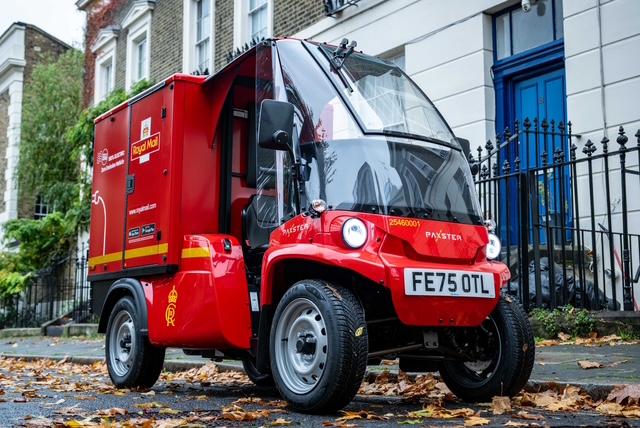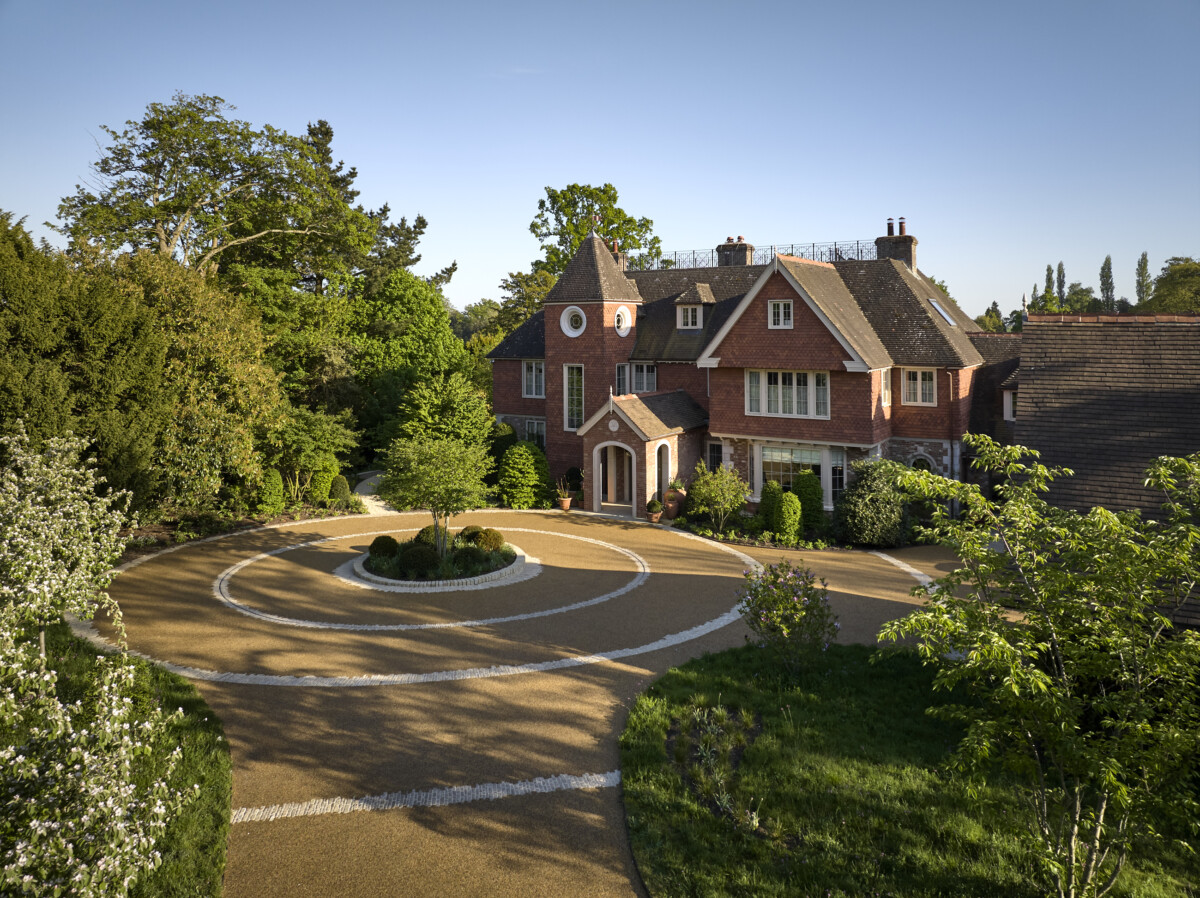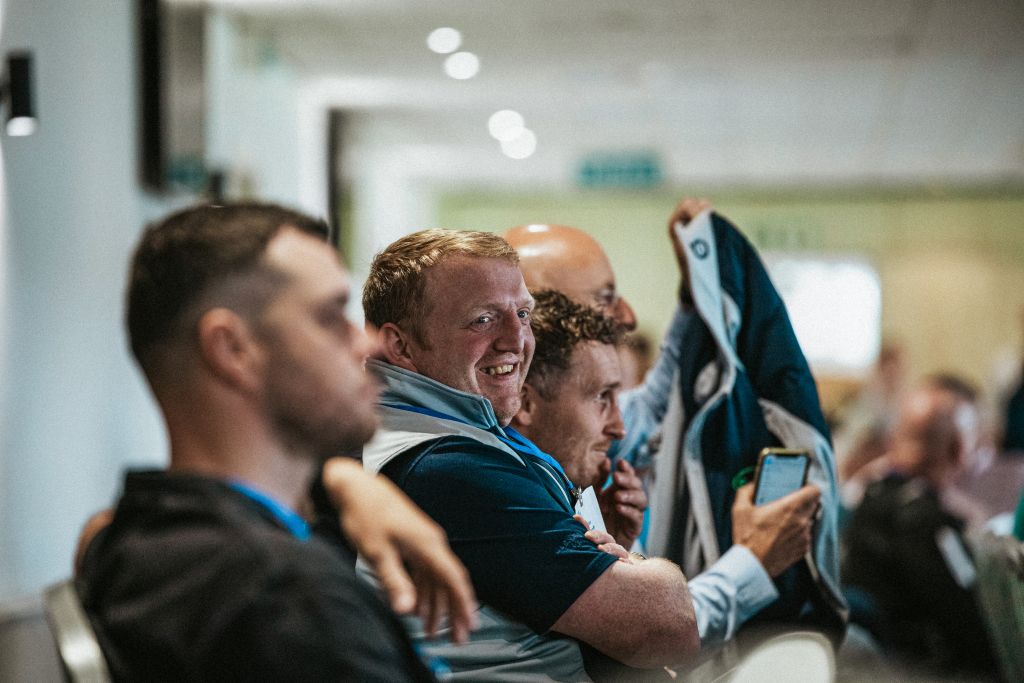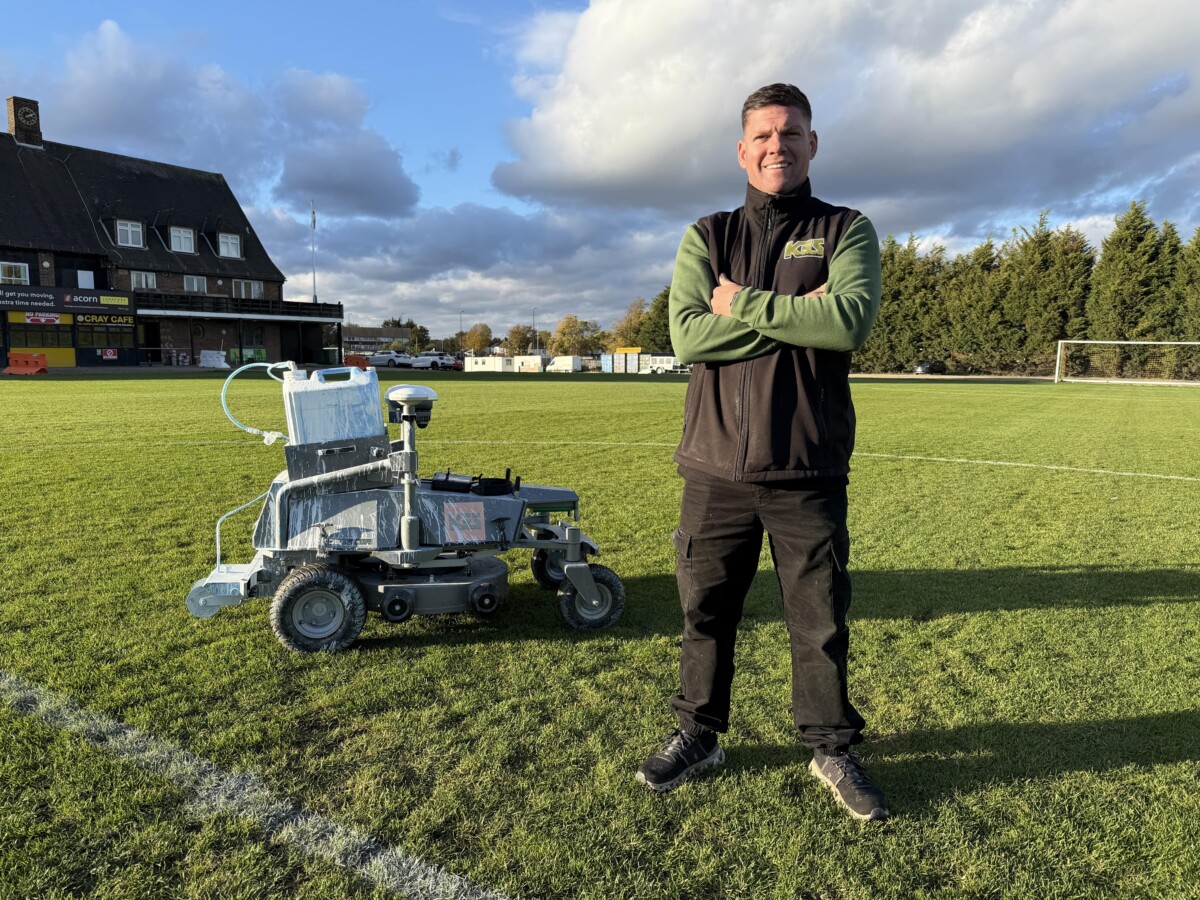Tynemouth’s members pitch in: Tynemouth Golf Club in the north-east of England, opened in 1913 and designed by Willie Park Jr, is reaping the benefit of an innovative bunker renovation programme, carried out with the help of synthetic bunker edging solutions provider EcoBunker Ltd.
“It was pretty obvious that we had to do something about our bunkers,” says greens chair David Steven. “Not only were they 107 years old, but we run a regular membership survey, and every time, the bunkers were voted as the biggest problem, with members complaining about contamination of sand and animals digging up the edges.”

Tynemouth’s members pitch in
Club pro John McKenna saw the EcoBunker solution in use when playing at another course, and brought it to Stevens’ attention. “We are a parkland course, not a links, although we are close to the North Sea, so there was some concern as to whether revetted edged bunkers would meet our needs,” says the greens chair. “So, as part of my research, I visited the BIGGA greenkeeping show in Harrogate and met the EcoBunker team. I realised that the solution would fix a lot of our problems – it would give a permanent shape to the bunker edges and protect against invasive animals. And the use of recycled materials was very attractive from a sustainability perspective.”
After building two EcoBunkers as a test, the club decided to take the plunge and rebuild all its greenside bunkers using the solution. But Steven was concerned about getting the bunker construction right. “If you are doing all the bunkers at once, then if you get it wrong you get everything wrong,” he says. Employing a specialist golf contractor to do the work was out of the question on cost grounds, but the club found an answer using an innovative ‘hybrid’ method. EcoBunker construction manager Llewelyn Matthews came to Tynemouth to act as project manager, and labour was provided by the club’s own greens crew and a group of temporary staff – who were all club members!
“We didn’t want to do the job on the cheap and mess it up, but at the same time we could not afford to throw money at it,” says Steven. “To protect the value of the project, it was essential that we had great buy-in from EcoBunker, and using Llew Matthews as a PM gave us that. When he came to do the two test bunkers, he was brilliant, which gave us confidence that EcoBunker had its fingerprints all over our job. He stayed for four weeks, which was essentially a month-long course in building EcoBunkers. We think we could have completed the entire project of 34 bunkers on schedule, had COVID-19 not reduced our manpower. When Llewellyn left, there were still eleven bunkers left to finish, but our team had been trained so well that they were able to knock them off in two and a half days, and we are over the moon with the results.”
“Lots of clubs want to do bunker renovations, but don’t have enough money for a contractor and a turnkey project,” says EcoBunker CEO and inventor Richard Allen. “But they can afford to buy in the materials, get a project manager and provide the labour and plant from within. The alternative is that they have a two day training course and say ‘Right, now we know what we are doing’. But it is hard to keep the impetus high like that. Greens crews are busy and get distracted, and the bunker work is usually the first thing to be forgotten. If they hire a project manager, though, they realise they need to hit it hard while he’s with them. It’s a way of committing to the project, which is what all good bunker work needs if it is to be to the high standards that golfers expect.”
For the latest industry news visit turfmatters.co.uk/news
Get all of the big headlines, pictures, opinions and videos on stories that matter to you.
Follow us on Twitter and Instagram for fun, fresh and engaging content.
You can also find us on Facebook for more of your must-see news, features, videos and pictures from Turf Matters.


























